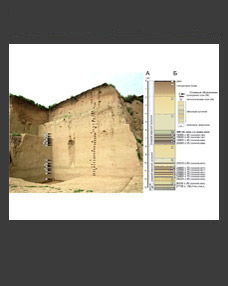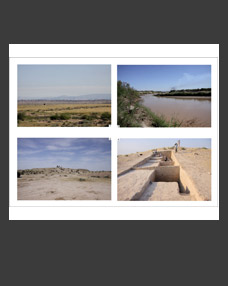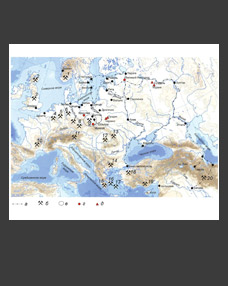Anastasia L. Belitskaya
Institute of language, literature and history, Komi Scientific center, Ural branch of RAS, Syktyvkar (belitskaia522@yandex.ru)
Key words: archaeological sites, funeral rite, burial mound, formal statistical approach, cultural propinquity, migrations.
The article makes an attempt to identify the degree of propinquity on the basis of analysis of burial rites of the Yuvanayagsky, Shoynayagsky, Borganyolsky, Veslyansky I and Sebysky burial mounds functioned in European North-East in the end of 5th–7th centuries. A formal statistical approach permits to conceive a funeral rite as a complex of categories and divide into a number of key signs for burial mounds. The results of analysis allow to draw a conclusion that in spite of the great propinquity to the relics of the Lomovatovsky and Nevolinsky cultures of Prikamye all the necropoles are different in funeral rites that permit to distinguish them into a united group of sites as, for example, Veslyansky I burial mound. The Yuvanayagsky and Borganyolsky burial mounds are the core of this group. The Sebysky burial mound, situated in Pripechorye, bears no resemblance to other Vychegodsky relics of the past. It shows differences which can be explained by the interaction of the inhabitants that had left it with the inhabitants of Pripechorye.
On the question of cultural propinquity of burial mounds of the European North-East
·







